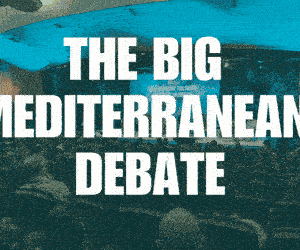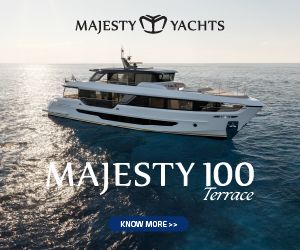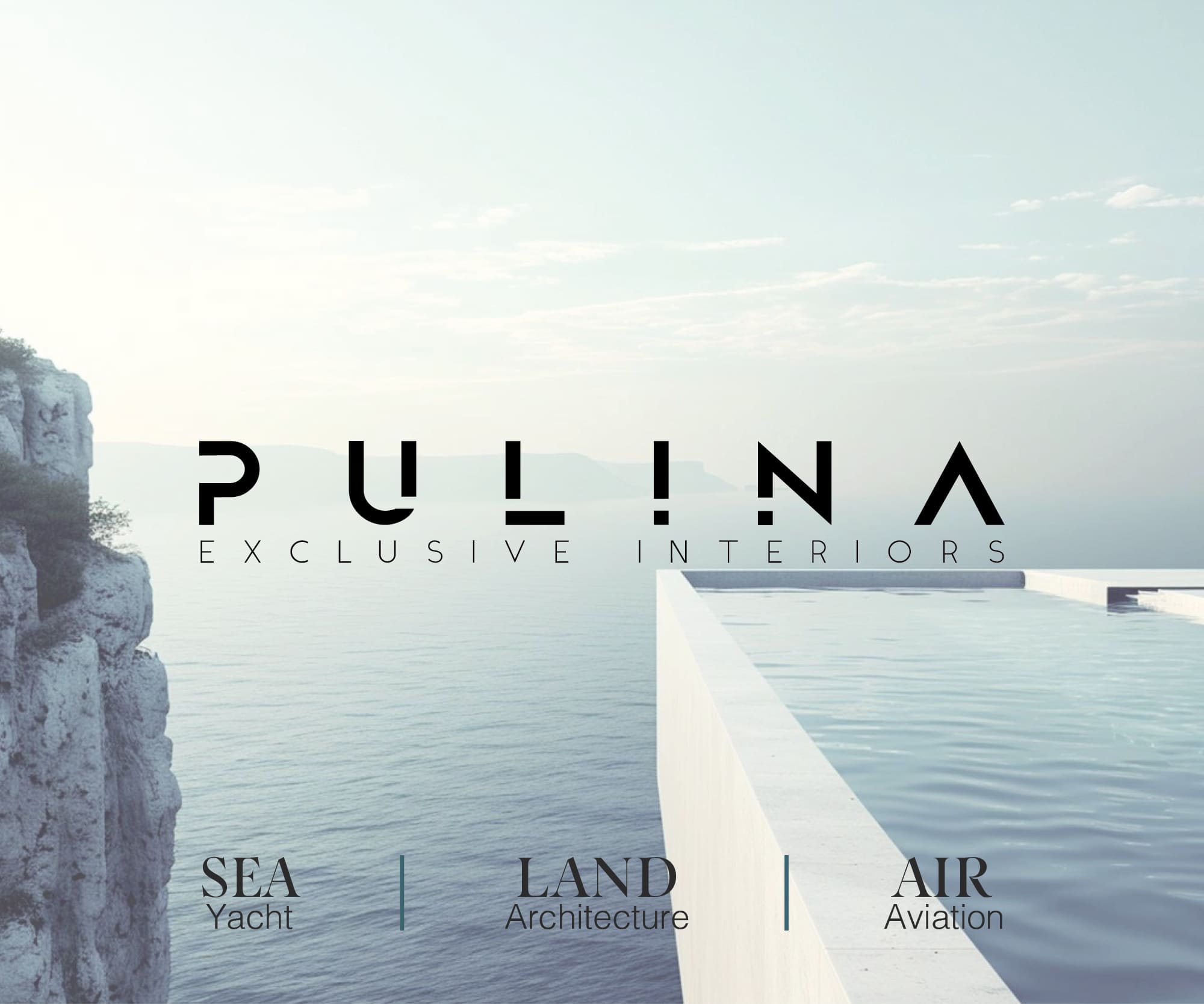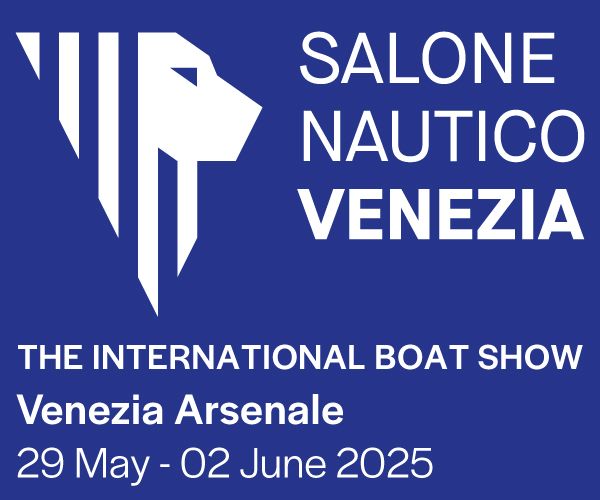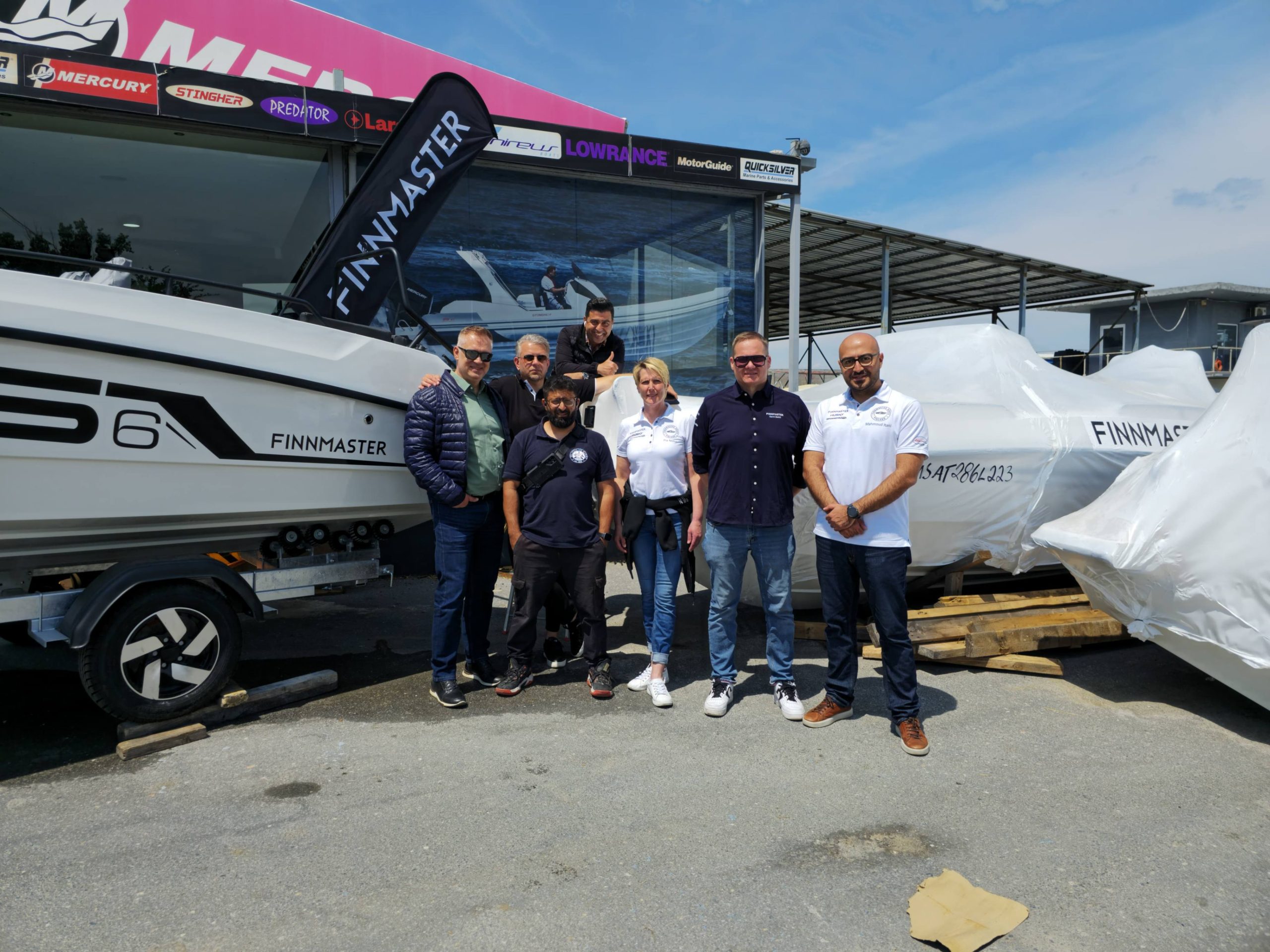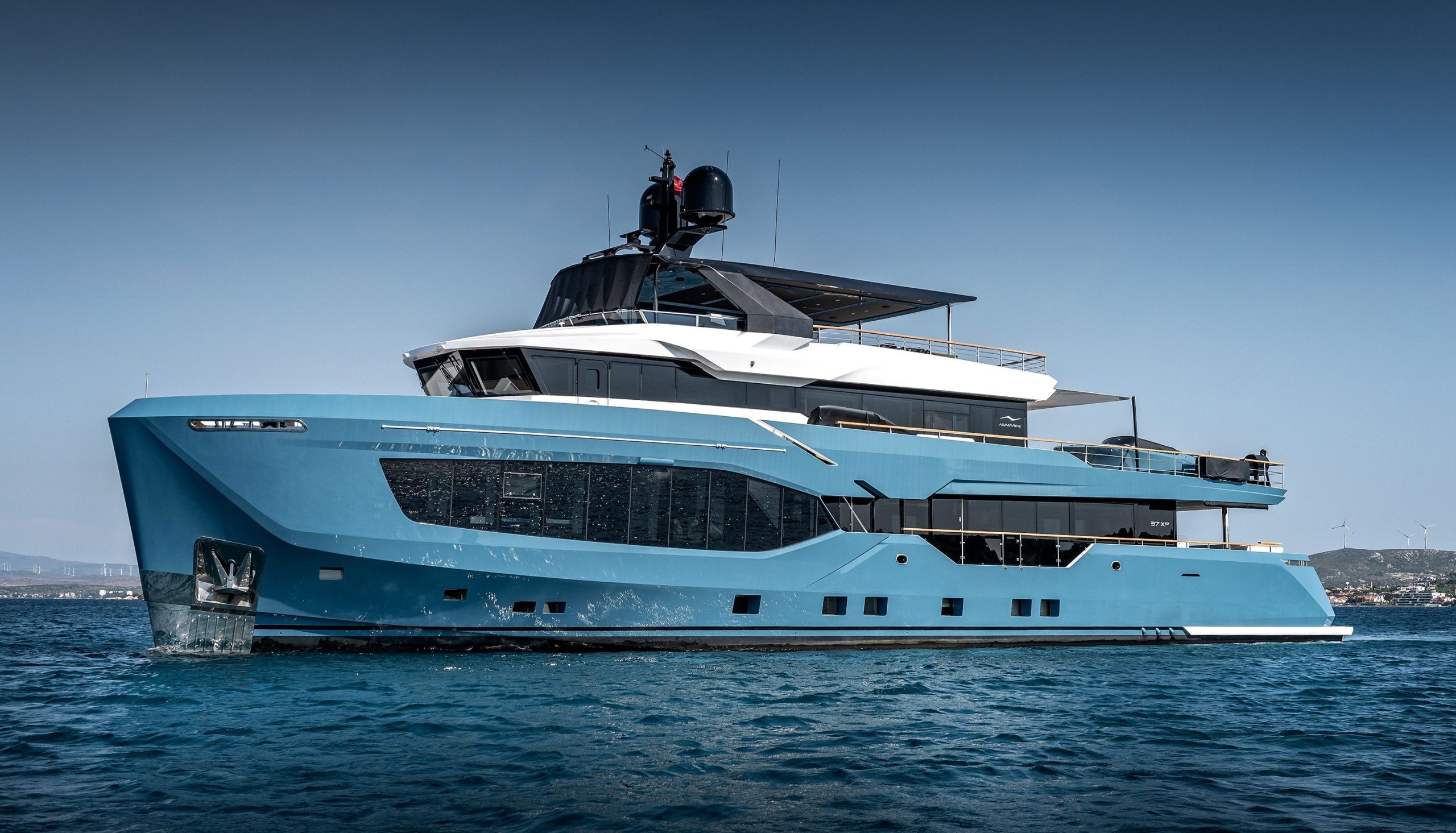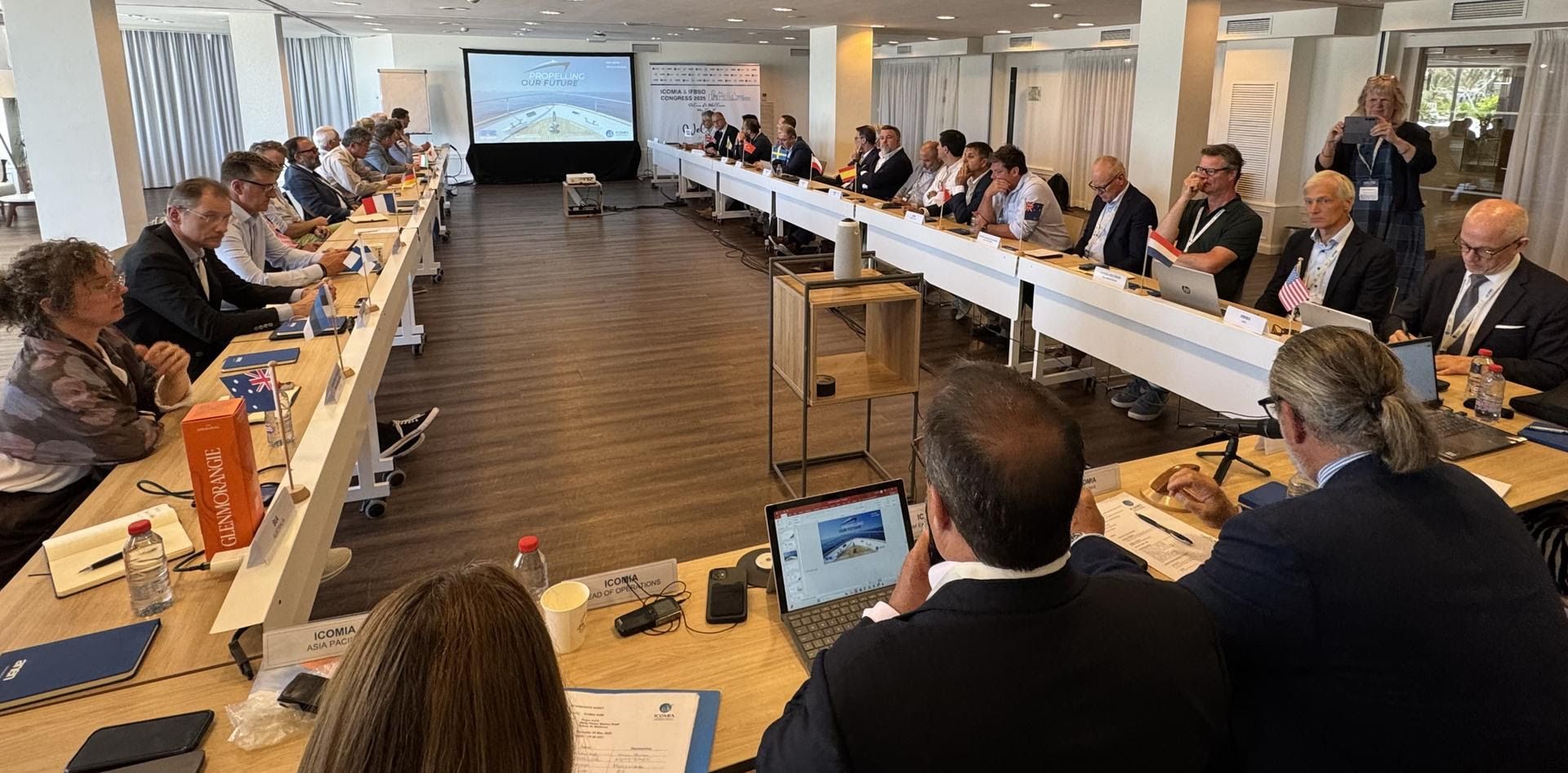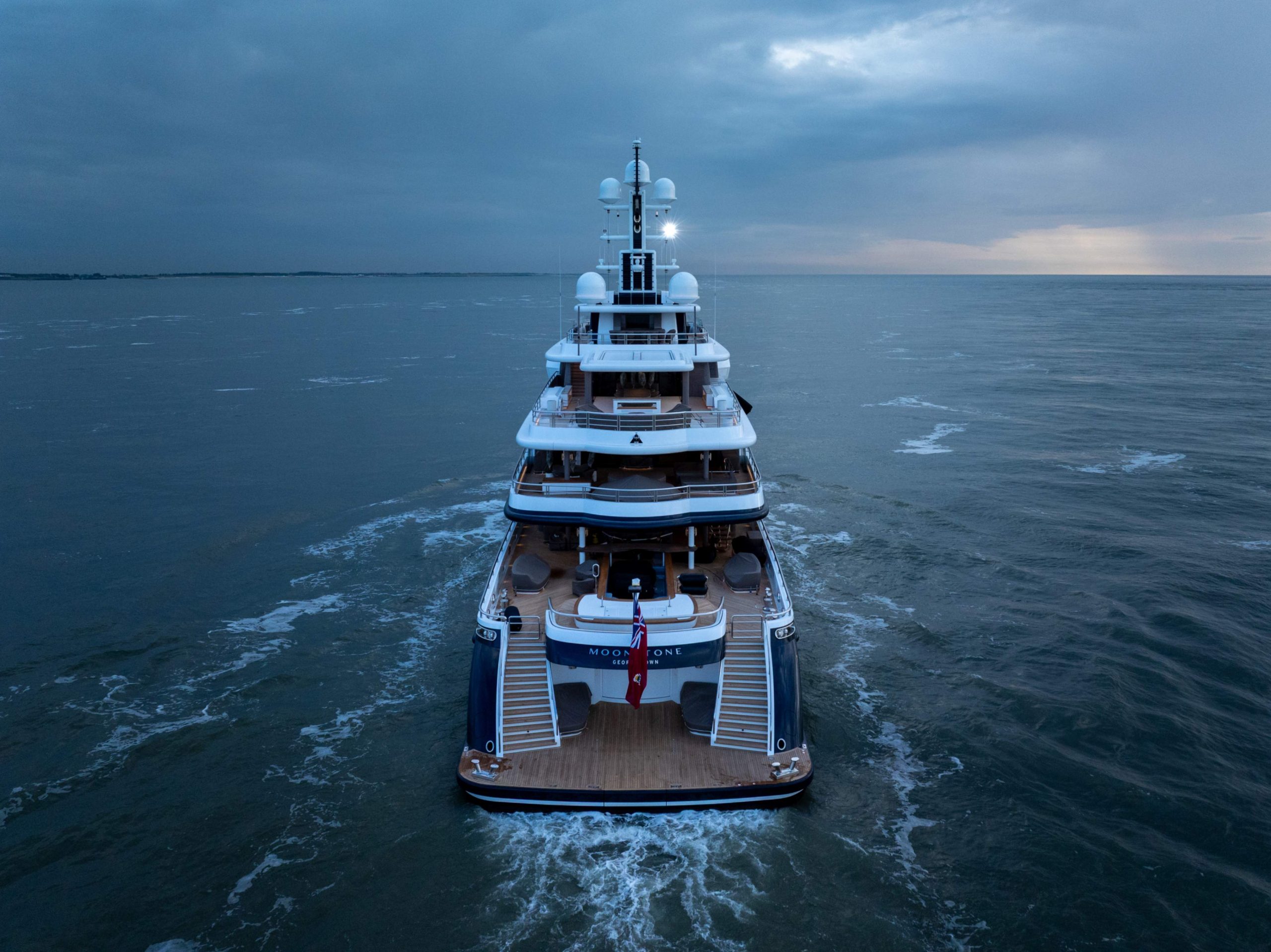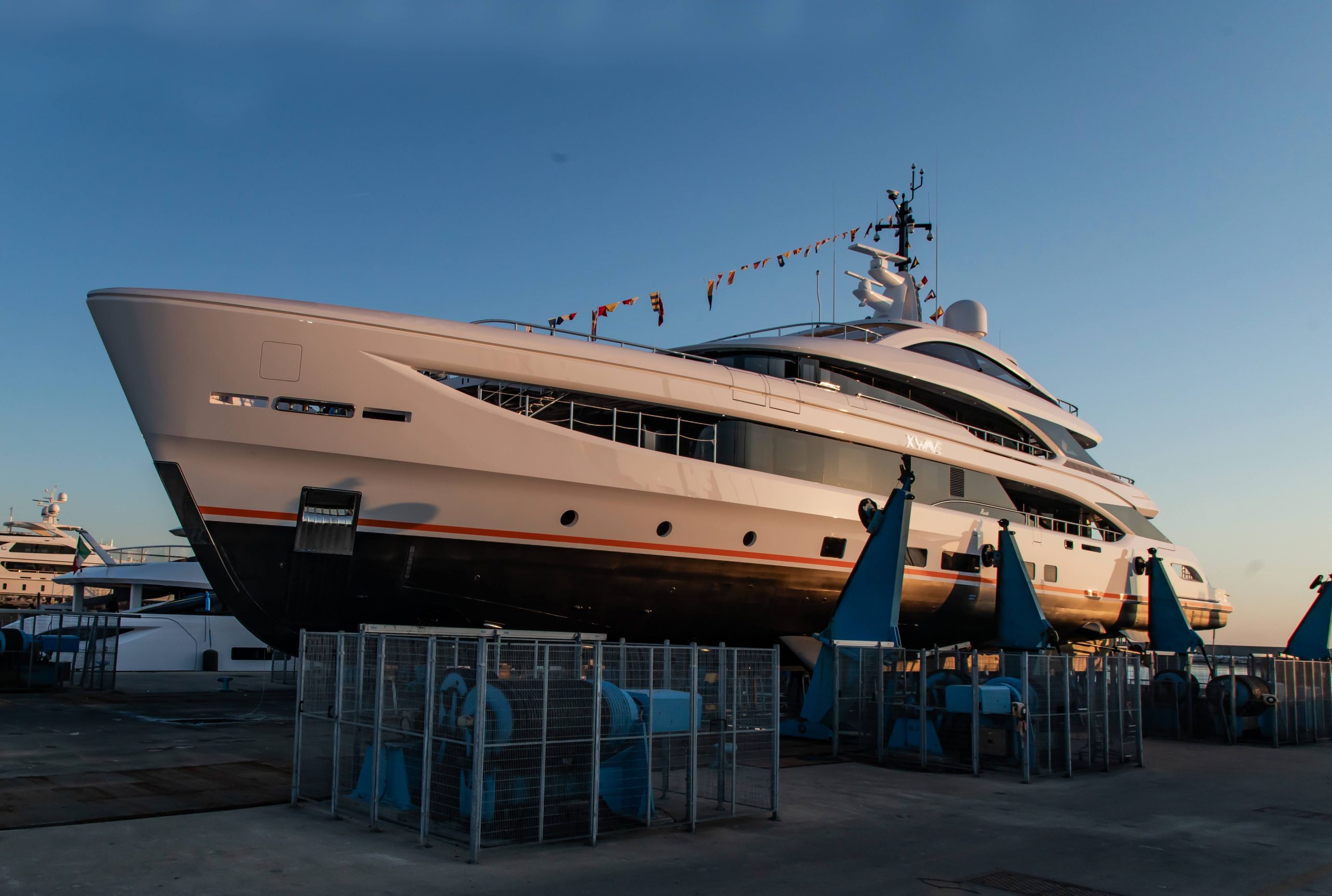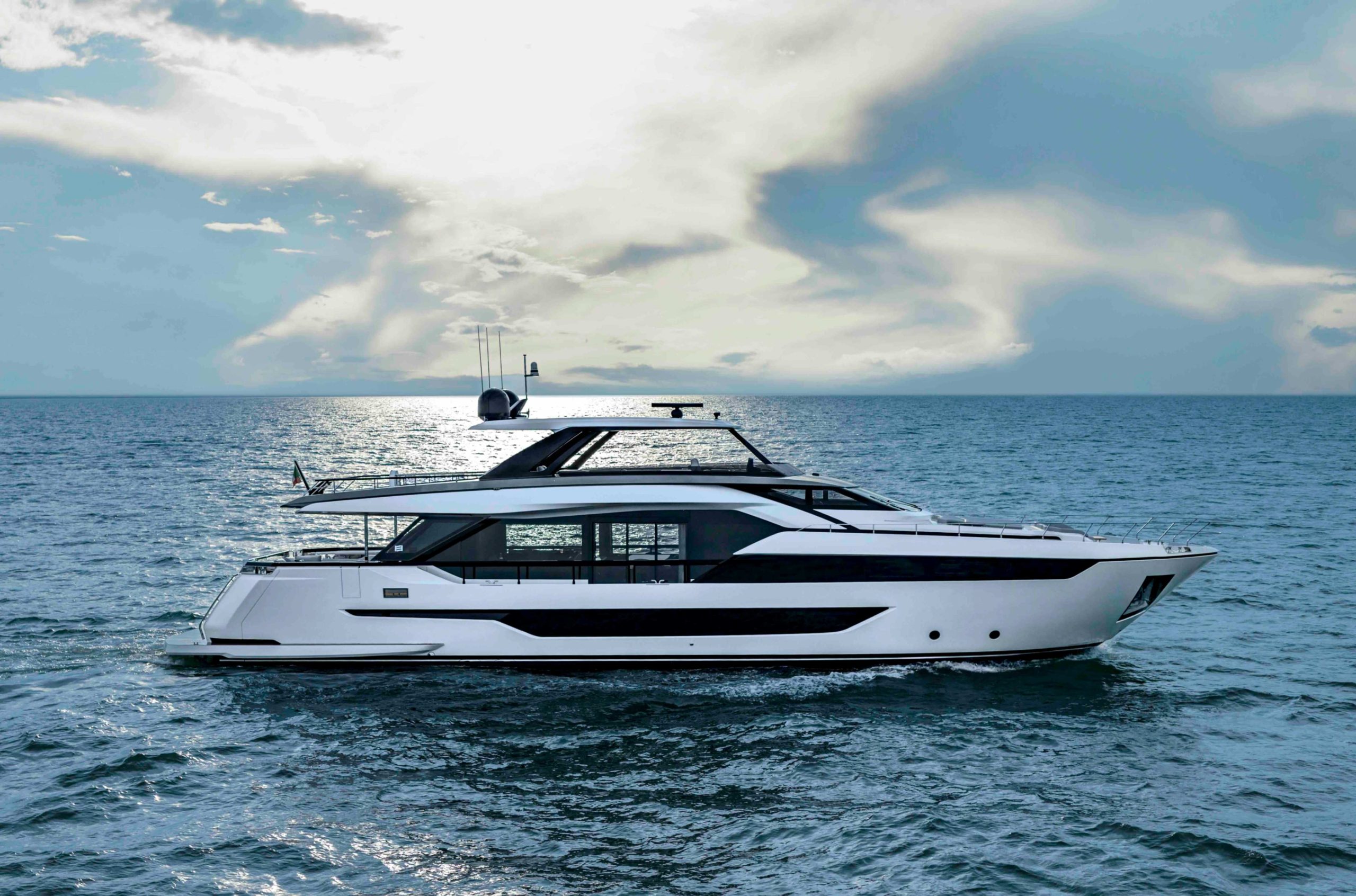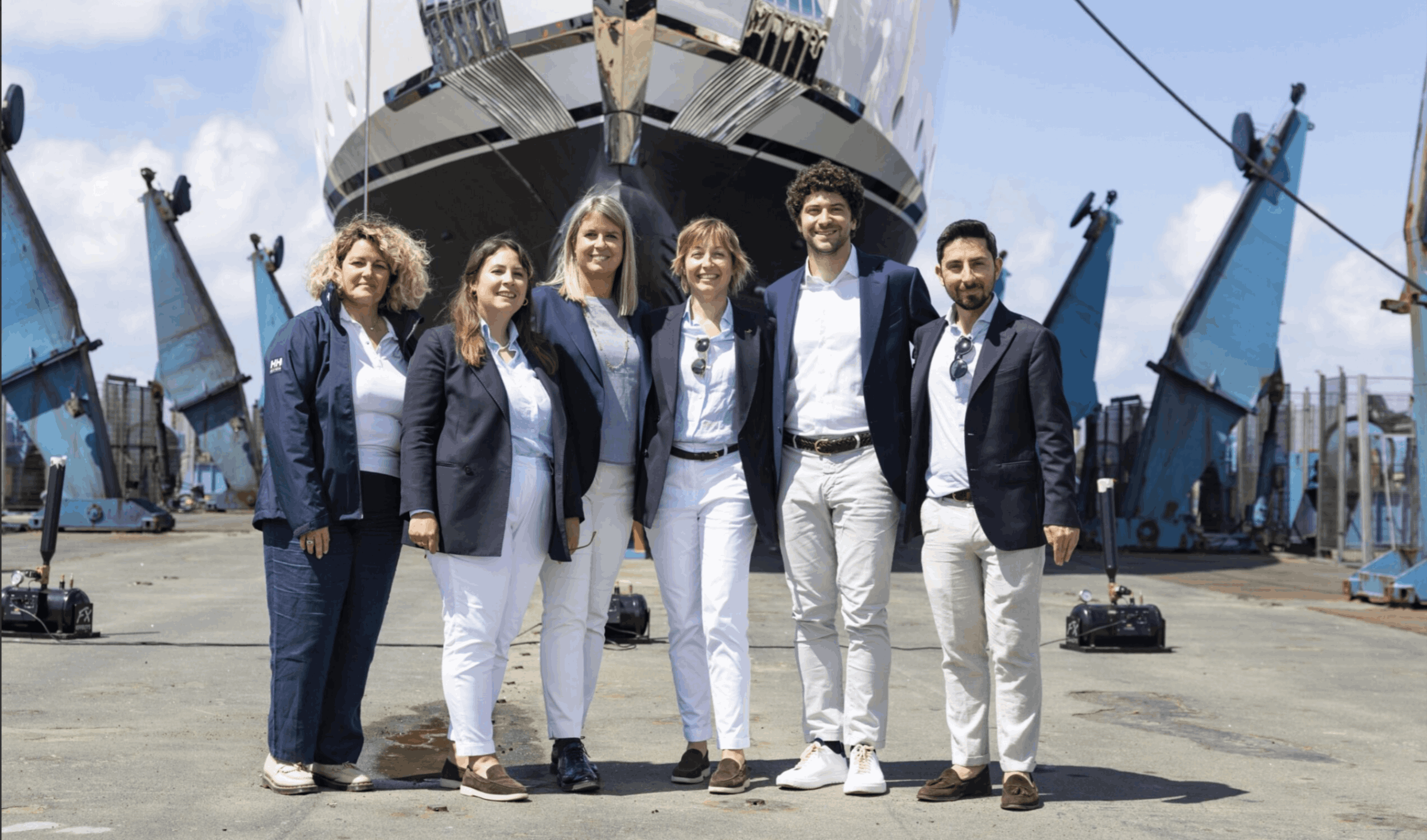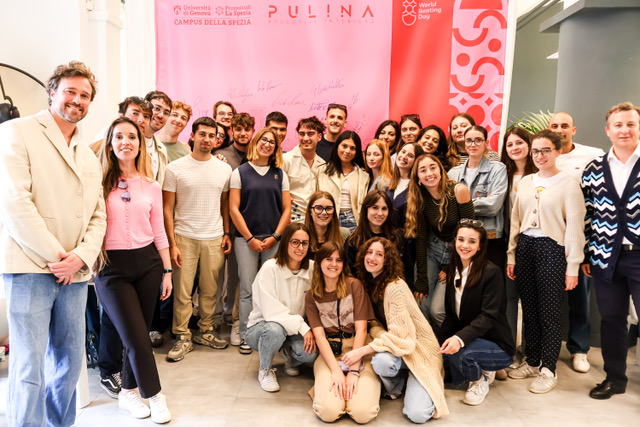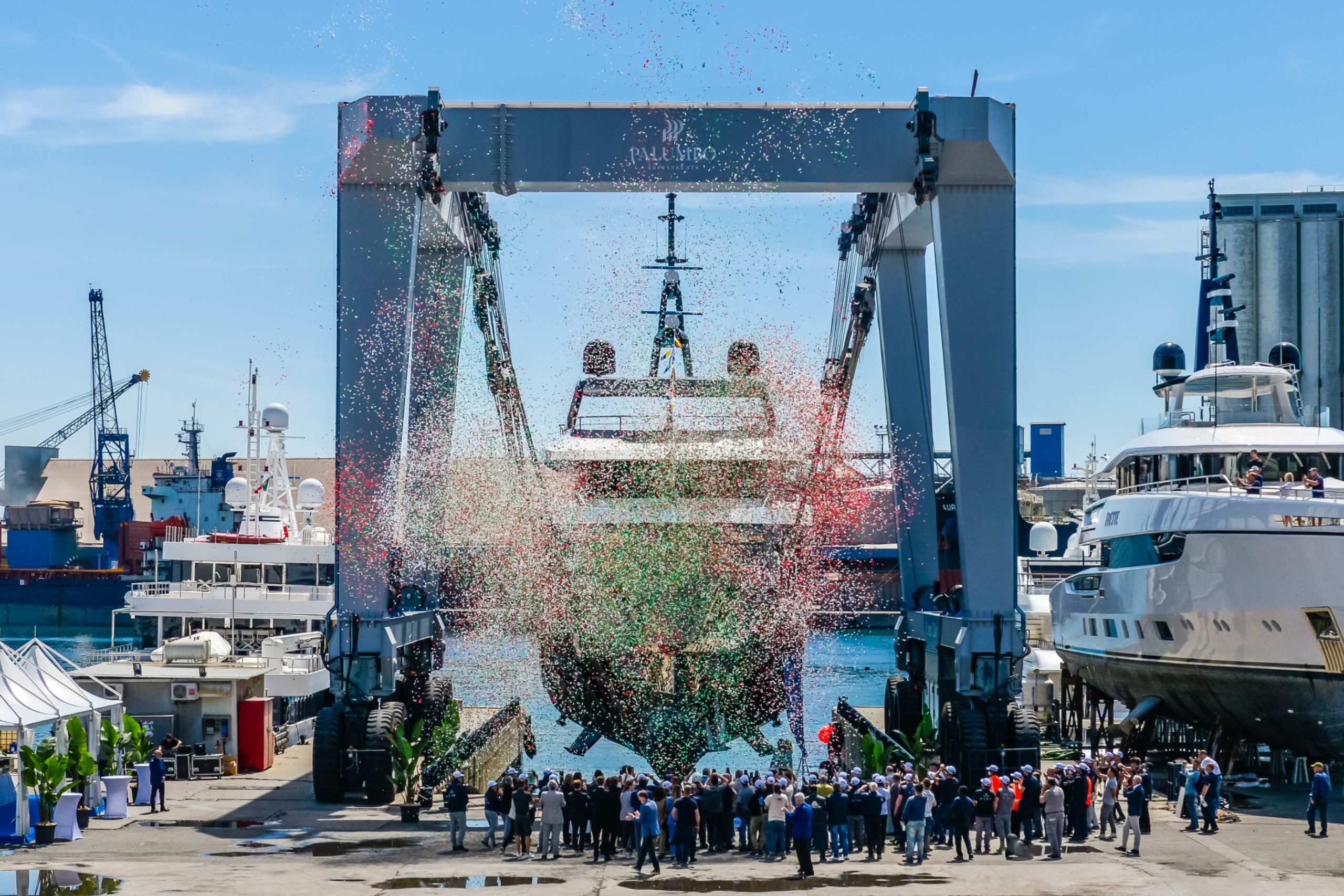Cantu Design with DFD Design present a new contemporary 51-metre called Sinderella

Cantu Design together with DFD Design are proud to present a new contemporary 51-metre superyacht concept with a fast displacement hull form called Sinderella. The all-American creative team set out to produce a motoryacht that offers the best of European and American yacht design with an engineering package that can easily adapt to advances in battery and hydrogen cell technology.
Like the fairy tale, there is more than meets the eye with Sinderella. The project
features a number of design and engineering solutions that have been developed to
ensure the longevity of Sinderella with environmental concerns at the forefront of the design process. It also offers significant interior volume while remaining below the 500GT threshold — a goal achieved through tried and tested tonnage minimization methods adopted from the yachting and commercial shipping industries.
The inspiration behind the exterior design was to create a clean and contemporary
profile that would aid in moving American yacht design forward without losing the
essence of what American design is about, which is muscular and robust, much like
the modern automotive designs seen today. “I wanted to create something that
combines the best of American and European design philosophies,” explains John
Cantu, who founded his studio in 2015. “This is the sort of look I think we should be
producing in America. Sinderella has a sexy side to it but is also tough in its
appearance and it piques your interest — it is the grand and magical ball that is still
there when you wake up the next morning.”
This sexy look is achieved in part by the stylish plumb bow that evokes an instantly
recognisable stiletto heel detail which can be seen at the waterline. Cushioned
behind the bow on the main deck is a sunken seating area, concealed underneath
the foredeck. This space is unveiled when deployable awnings lift part of the deck
to reveal a cosy socialising area. Just aft of this location is additional seating and
sun pads, underneath of which is the tender garage with stylised gullwing door
openings for the safe launch and retrieval of a 6-metre and 5-metre tender.
Up on the sundeck is a touch-and-go helipad towards the aft, while a bar and a 10-
foot by 4-foot (3-metre by 1.2-metre) Jacuzzi is located forward offering stunning
panoramic views. The sundeck superstructure also includes a glass overhang that
acts as an awning that widens as you move aft of the superyacht. Underneath this
overhang, the supporting structure is angled allowing sunlight to penetrate into the
sky lounge, which includes a dining and lounging space and an al fresco dining area aft. When shade is desired, the glass can be made opaque with the flick of a switch providing a stylish yet practical design solution.
“It is one of the defining features of the concept,” explains Cantu. “This is one of a
few design and engineering solutions that allowed us to circumnavigate the issue of
achieving a strong and full looking exterior without adding to the tonnage. At the
same time, it provides a very practical purpose and is a simple yet effective
solution.”
One of the core elements to this project is the application of colour to the exterior
via carefully integrated lighting technology in the structure and windows, bringing
the exterior to life at night. By working with firms that produce products such as
SEEN — sandwiched glass with reflective material at its core — alongside a pattern
finish on the structure of the boat, we are able to create a pattern across the yacht.
This idea can be upgraded to an interactive feature with the inclusion of lighting
products to create an active pattern and colour across the hull and windows.
Leading forward from the beach club on the starboard side is what Cantu has
coined as the Solemare room — a fully enclosed, watertight space with three large
windows that descend below the waterline offering breath-taking views of marine
life. It is the ideal space to retreat to and escape hot days after enjoying time on the
beach club, which is maximised thanks to fold-down platforms either side. For
improved crew operations and for the comfort and enjoyment of guests, storage of
all resort equipment and water toys is located adjacent with direct access to the
beach club.
The interior accommodates 10 guests across five en suite rooms with the owner’s
full beam suite on the upper deck and four suites on the lower deck.
In the engine room, DFD Design has taken a step back from the traditional set up
and looked at the broader market. The electric-powered azimuth drive solution is
almost entirely missing in the 40m – 60m market, with Volvo and Cummins systems
used on smaller boats and ABB, Kongsberg, Rolls-Royce and Siemens driving big
vessels. With this in mind, three power plant packages have been considered for
Sinderella to meet the needs of any client. The first two options are a diesel-electric
package utilising four 500 to 750 kW diesel gensets that power Kongsberg electric
azimuths for superior manoeuvrability and enable transatlantic voyages. This is
thanks to power plant management and fuel efficiency optimisation protocols similar to those found on modern cruise ships.
The use of a diesel-electric and auxiliary battery bank system provides Sinderella
with two hours of purely electric, zero-emission propulsion, allowing access to
restricted waters such as Raja Ampat in Indonesia where traditionally powered
vessels are banned from sailing. It is an aspect that is undoubtedly going to grow in
a bid to conserve fragile zones of the ocean.
“Current battery technology only allows for about two hours of operation of this size
vessel at a minimum speed of four to six knots,” says David Menna, partner and
director of naval architecture at the Fort Lauderdale-based DFD Design. “This is
true for all boats at this range due to the size and weight of the batteries needed. So
Sinderella is limited in terms of its battery-power capability, but a driveline which
moves the propulsion motors via electric instead of mechanical power is already
setup to accept any future battery technology input devices. Yachts can live for
several decades, so being plug-and-play ready for future power technologies is
responsible design.”
Azimuth pods provide additional benefits that impact positively on interior space as
they allow the engine room to be located almost anywhere within a yacht, as only
power cables need to run from the power generation plant to the propulsion pods.
There are also benefits in terms of maintenance and repair, which in turn ensure
less interrupted time at sea for an owner or for charter guests.













